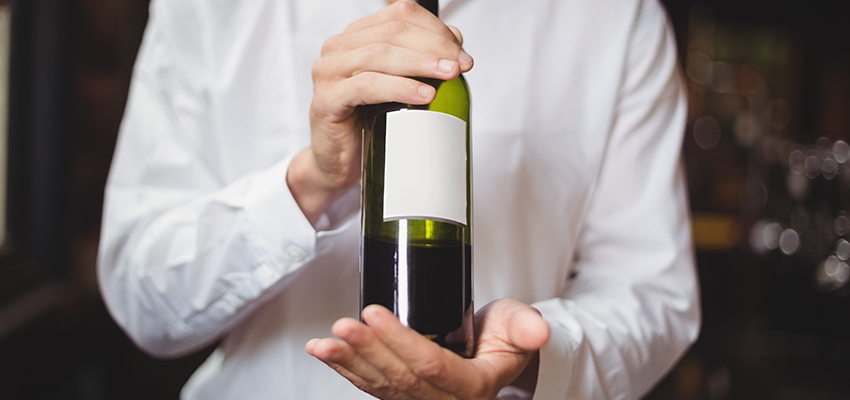Since 8 December, wine, sparkling wine and aromatised wine products must also carry information on nutritional values. However, there are exceptions with regard to the presentation on the label.
This applies to all wines (except ice wine) and wine-based products produced from 8 December 2023 onwards. Old vintages no longer have to be analysed and relabelled. Until now, alcoholic beverages with an alcohol content of 1.2 per cent by volume or more did not have to have a list of ingredients or a nutritional table on the label. A list of ingredients was previously only required for beer and mixed beer drinks.
An extraordinary exception was made for the new nutritional labelling: for wine and flavoured wine products, it is permitted to only indicate the energy content in kcal and KJ/100 ml preceded by the letter "E". The full nutritional information may be made available via a QR code and does not have to be shown on the label. Suppliers can also make the list of ingredients available in this way - with the exception of allergens that require labelling. The European Commission has published details on this in a communication. The QR code must indicate the information behind the QR code with a note such as "Ingredients and nutritional values". Companies are prohibited from collecting any customer data when the QR code is called up.
It should be noted that the energy content/100 ml can only be correctly calculated and stated if an analytical determination of all nutritionally relevant ingredients has been carried out in advance.
YOUR PLUS: Of course, we can also analyse the nutritional values of wines and other alcoholic beverages for you and calculate the energy content to be declared.
Author: Dr Frank Mörsberger

 Contact
Contact

 Contact
Contact Career
Career